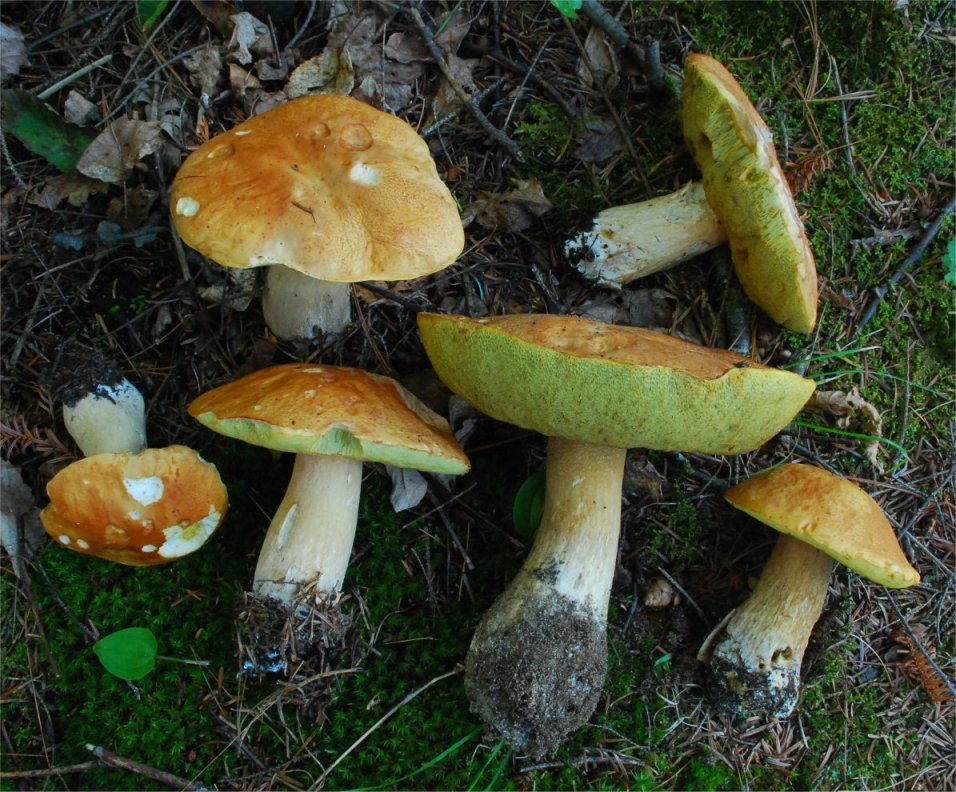Where to find Porcini ( King Bolete ) in BC?


Porcini are also called Cep, Penny Bun, Steinpilz and King Bolete, in Latin… Boletus Edulis. The King of Mushrooms! Soo nutty and savoury, they’re great in pate, sauces, gravy etc. And they’re HUGE, so it’s easy picking. I love these with fresh pasta. But how to find them?
Where do I look?
- Forests of Fir, Hemlock, Pine, Spruce.
When do I look?
- July-Oct in BC (early season mushroom)
Key Features?
- No gills – sponge instead (pores) – white, yellow or brown in age
- Brown cap, white flesh, not blueing when bruised
- Fat, light brown stem (bulbous) with net textured surface near cap
- Growing on the ground in the forest
- For a chef… the smell of nuts and gravy (not bitter tasting!)
Know these look alikes first…
- Blue Staining Boletes – Some are poisonous, some edible – for experienced mushroomers only
- Red pored Boletes – Poisonous
- Other great edible Boletus – Admirable Bolete, Boletus rex-veris, White King Bolete
How to cook them?
- Pick the freshest, firmest you can otherwise you’ll have to ignore the maggots:) Protein!
- You can remove & discard the pore layer if it’s not really fresh.
- Slice and dry them, so that they keep their texture if they are older. If you fry them with oil they will turn to slugs in the pan. Or try searing them on high heat, minimal oil, no water in (pan or grill) for younger mushrooms only.
- Mushroom Pate recipe
Fun Factoid
- Nibbling a piece of the cap is a common identification technique for certain mushrooms (Boletus included). Chew a piece and spit it out. If it tastes bitter, this is not your porcini. You want it to taste nutty, meaty… then you’re in business.
According to UBC’s Zoology department: “All Boletus species with a brown cap and a light stem with a network on it (sometimes subtle, looks like a hairnet), and no colour changes to red or blue when cut or with age are considered good edibles (from https://www.zoology.ubc.ca/~biodiv/mushroom/B_rex-veris.html).”
Please use caution when hunting for edible mushrooms. This is just a rough guide which is no substitute for going out with an experienced wildcrafter. Most mushrooms aren’t deadly poisonous, but it’s no fun getting sick and not worth the risk! Come with us on a mushroom tour to start you off on the right foot. Or check out our online foraging programs.
David Arora’s – All that the rain promises and more is a great handbook to give you more information on specific Pacific Northwest mushrooms.

